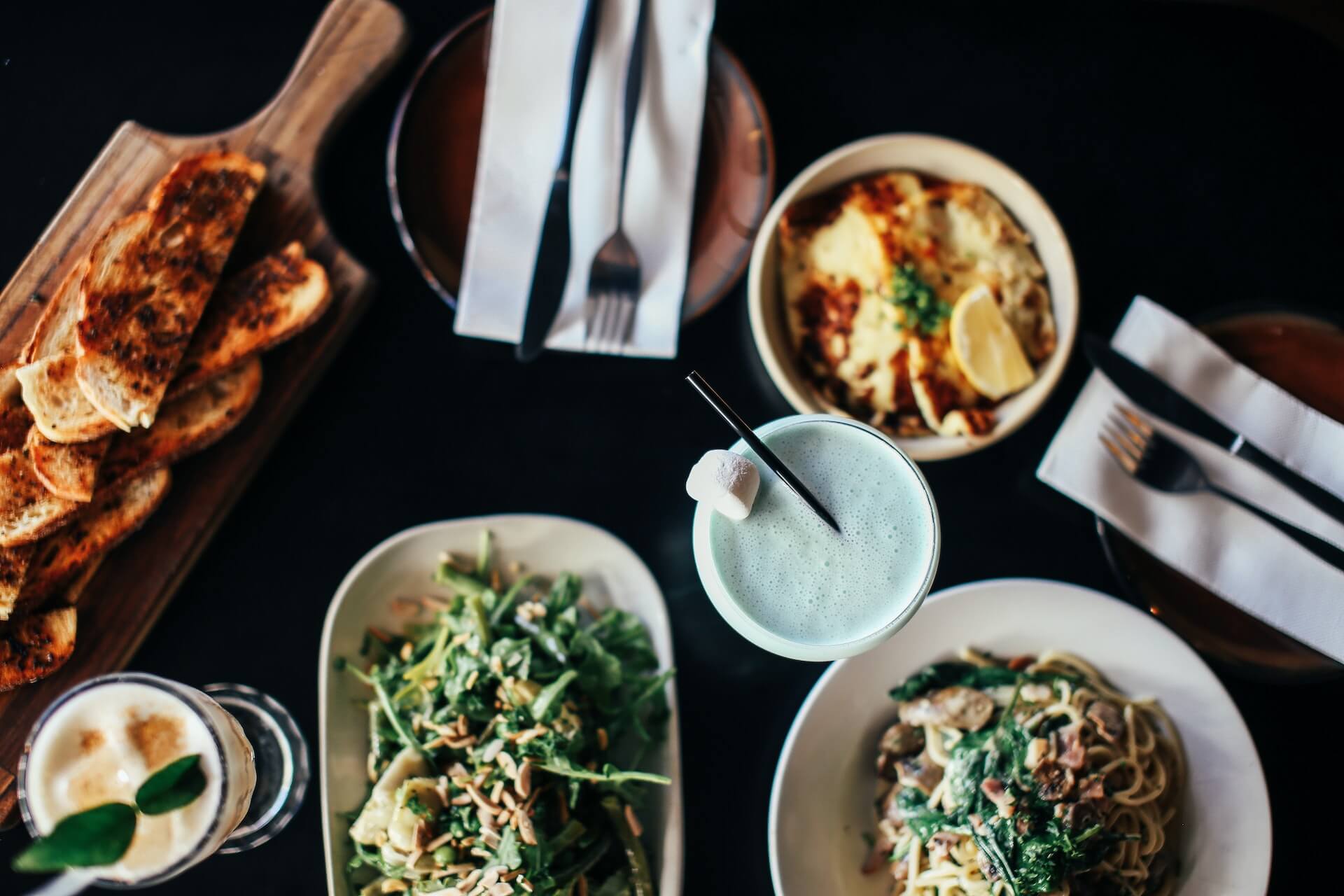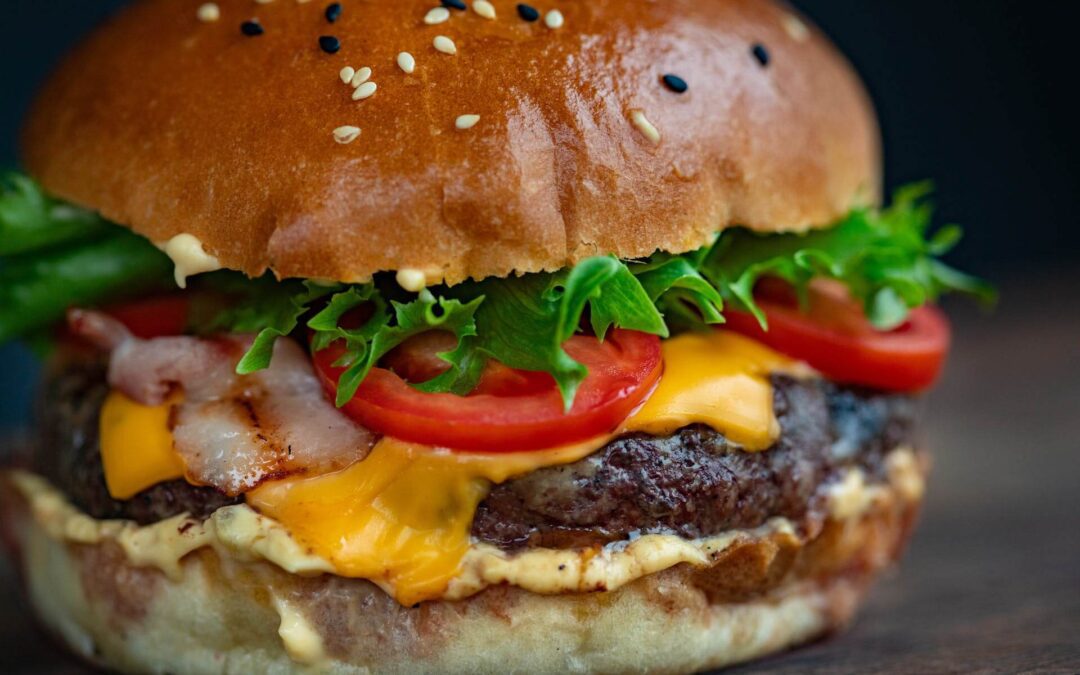Unlike many traditional diets, a low-carb diet usually does not need calorie counting. This is due to two factors:
#1 You won’t have cravings or the desire to overeat while in ketosis since your blood sugar will be stable.
#2 You’ll naturally feel more content with less food if you eat enough fat and protein.
There are a few circumstances where calorie tracking might be advantageous on keto. If you need more direction on how much to eat, a 1500-calorie meal plan is a good starting point for most individuals.

When And How To Follow A 1500-Calorie Meal Plan
Whether you’re new to the keto diet or have been doing it for a while, a little more structure around calories might be good occasionally.
Breaking A Weight Loss Plateau
Although the keto diet helps many people lose weight, weight loss plateaus are common. While calorie counting isn’t a big part of the keto diet, it can help you break through plateaus.
Even if you eat more than you burn, the scale will not budge. One common misconception regarding the keto diet is that you can eat everything you want and still lose weight. While this is correct (you will burn fat for fuel once keto-adapted), there is a distinction between burning dietary fat and stored fat.
If you consume more calories than your body requires for homeostasis, you will burn dietary fats all day and never enable your body to access fat stores.
Consequently, if you’re having problems losing weight, calorie restriction may be worth a go. For most people, 1500 calories are enough to feel satisfied and fed while sustaining a calorie deficit [1].
Intermittent Fasting
Intermittent fasting (IF) has weight loss, inflammation reduction, cellular repair, and other benefits [2][3][4].
Having some calorie guidelines to keep you in balance may be beneficial depending on your IF program type.
For example, if you’re following a regimen with an eating window, keep your calories around 1500 during your feeding time. Many people aim to eat every six to eight hours and ingest 2000 calories or more throughout this period.
The issue with this method is that you need to feed yourself more, which may cause stomach problems. And if you want to lose weight, you need more than overeating during feeding times.
Transitioning Into A Keto Diet
It is common to feel overwhelmed while beginning a ketogenic diet. How much fat can you consume? So, how about protein? Is there an excess of carbs in this or that? What exactly are net carbs?
A meal plan that gives calorie guidance is a fantastic way to ease into keto without feeling like you have no food limitations.
It usually takes a few weeks for the cravings to go away and your body to adjust to the keto diet, at which point you’ll be able to listen to your intuition better.
Meanwhile, following a keto meal plan can be an excellent introduction to keto. This article’s meal plan will take the guesswork out of deciding what to eat, and it’s full of variety, so you’ll always be energized.
Sample 7-Day 1500 Calorie Keto Diet Meal Plan
Here’s a 7-day keto meal plan full of high-fat, high-protein, low-carb meals.
Monday
- Breakfast: 2 eggs, sautéed veggies, two tablespoons cheese, and ½ avocado
- Cauliflower Mac and Cheese for Lunch
- Dinner: Two Italian Stuffed Peppers
Tuesday
- Breakfast: Avocado toast (1/2 avocado, 90-second keto bread, and sliced tomato with olive oil drizzle)
- Keto Taco Salad with guacamole for lunch
- Snack: ¼ cup almonds
- Salmon Buddha Bowl for dinner
Wednesday
- Breakfast: Sausage and cheese omelet with two eggs
- Chili Lime Tuna Salad with a side of avocado for lunch
- Two pieces of Cheeseburger Casserole for dinner
Thursday
- Breakfast: 3 fluffy blueberry pancakes
- Six oz grass-fed ground beef burger in a lettuce wrap with one tablespoon of chipotle mayo, and sliced tomato for lunch
- Garlic Chicken for dinner
Friday
- Breakfast: Snickerdoodle N’oatmeal
- One cup Low Carb Chili with sour cream for lunch
- Snack: ¼ cup macadamia nuts
- Stir-Fry Cabbage Noodles for dinner
Saturday
- Breakfast: Avocado toast (1/2 avocado, 90-second keto bread, and sliced tomato with olive oil drizzle) (400)
- BLT lettuce roll-ups (three slices of bacon, sliced tomato, ¼ avocado wrapped in lettuce) for lunch
- Snack: ¼ cup almonds
- Two cups Creamy Garlic Lemon Zucchini Pasta for dinner
Sunday
- Breakfast: Sausage and cheddar cheese omelet with two eggs cooked with one tablespoon of coconut oil
- Six oz grass-fed ground beef burger in a lettuce wrap with one tablespoon of chipotle mayo, and sliced tomato for lunch
- Snack: ¼ cup macadamia nuts
- Instant Pot Pork Chops with a side of cauliflower mashed potatoes sprinkled with pecans for dinner
Tips for Meal Prep
- When following a meal plan, making a shopping list and grocery shopping ahead of time can be beneficial. Nothing like coming home from a long day and finding you need to have everything you need to prepare dinner.
- Preparing ahead is also an excellent strategy to guarantee that you stick to the food plan. You can cut your vegetables and divide your meat in an hour or two on Sunday. You may even fully prepare foods like casseroles or stews and store them in the refrigerator for the week.
- It’s always a good idea to keep some leafy greens on hand. Green vegetables are lovely side dishes and can be readily included in any keto-friendly meal.
- The same may be said for sugar-free sweeteners such as stevia and monk fruit. Even if you no longer have extreme sugar cravings, you should never entirely deprive yourself of your sweet taste.
The Bottom Line
Is it necessary to track calories to gain the benefits of keto? Certainly not.
However, watching your calorie intake may result in better results. However, avoid falling into the calorie-counting trap, or your keto lifestyle will start to feel like a crash diet.
A 1500-calorie meal plan is an excellent method to ease into keto, break through a weight reduction plateau, or set boundaries during intermittent fasting. However, be careful not to let calorie counting become a form of deprivation.






![How Low Carb and Ketogenic Diets Boost Brain Health [Benefits & Effects]](https://eathealthyisgood.com/wp-content/uploads/2023/11/pexels-ella-olsson-1640773-1-1080x675.jpg)
0 Comments